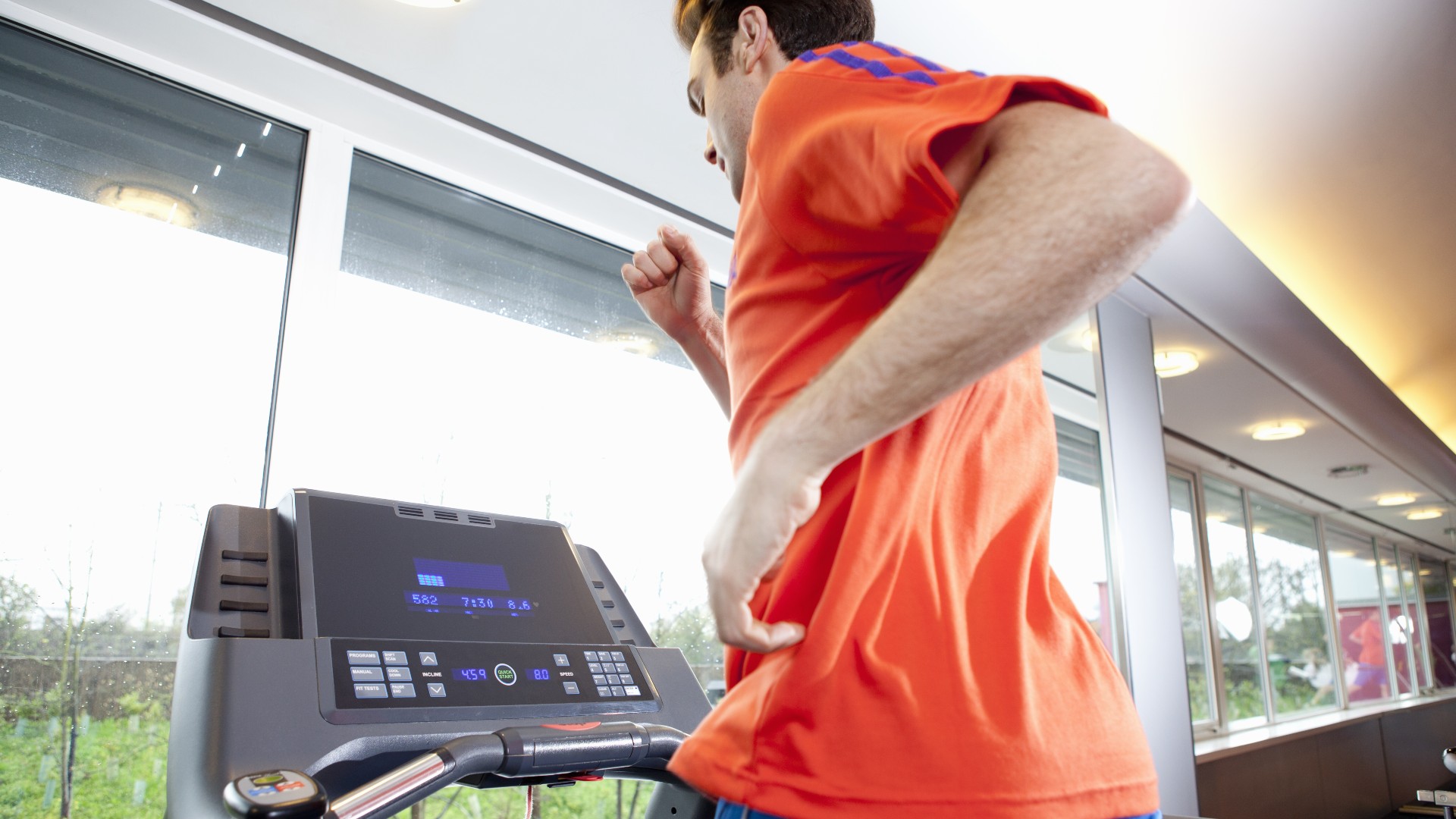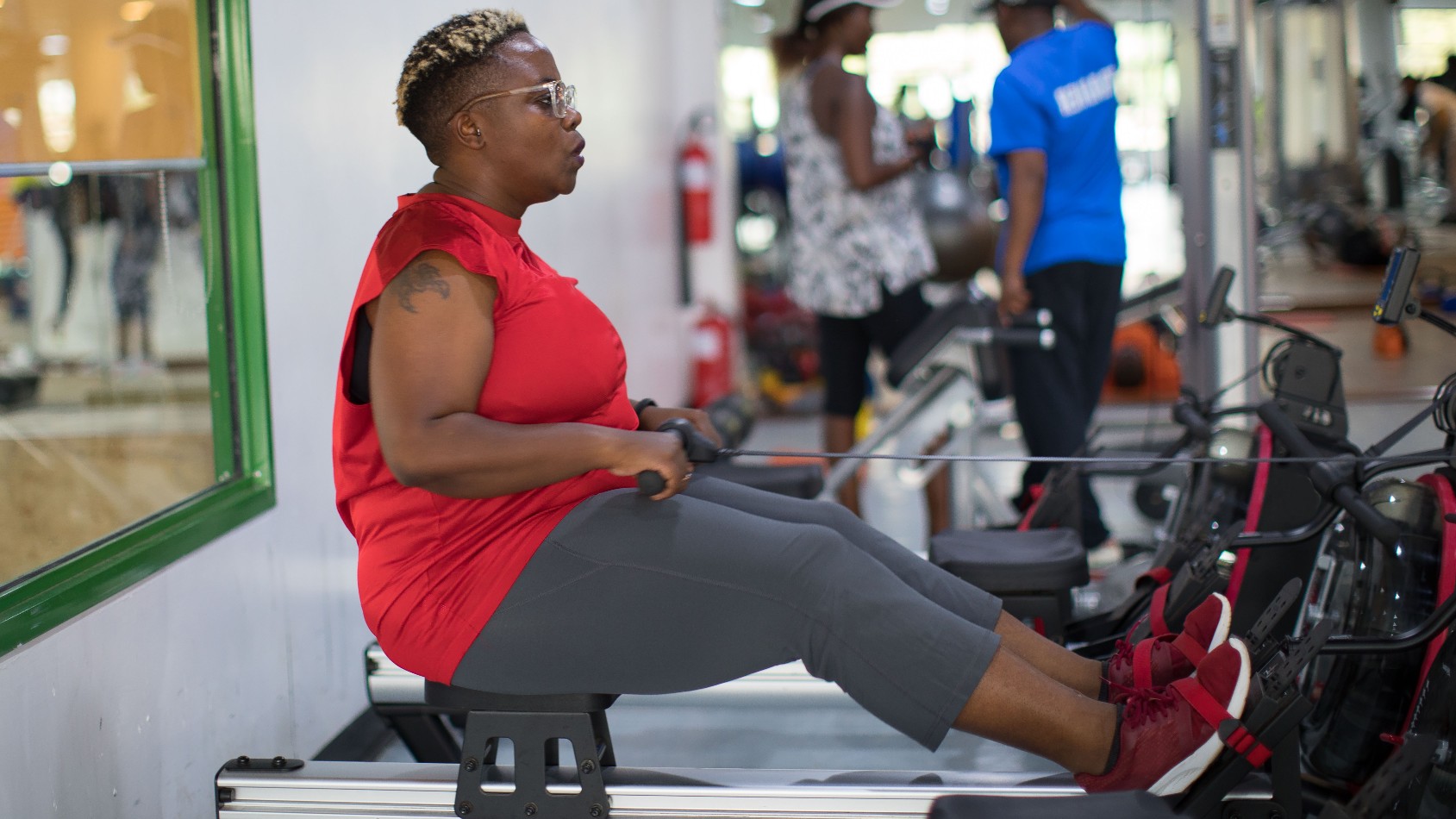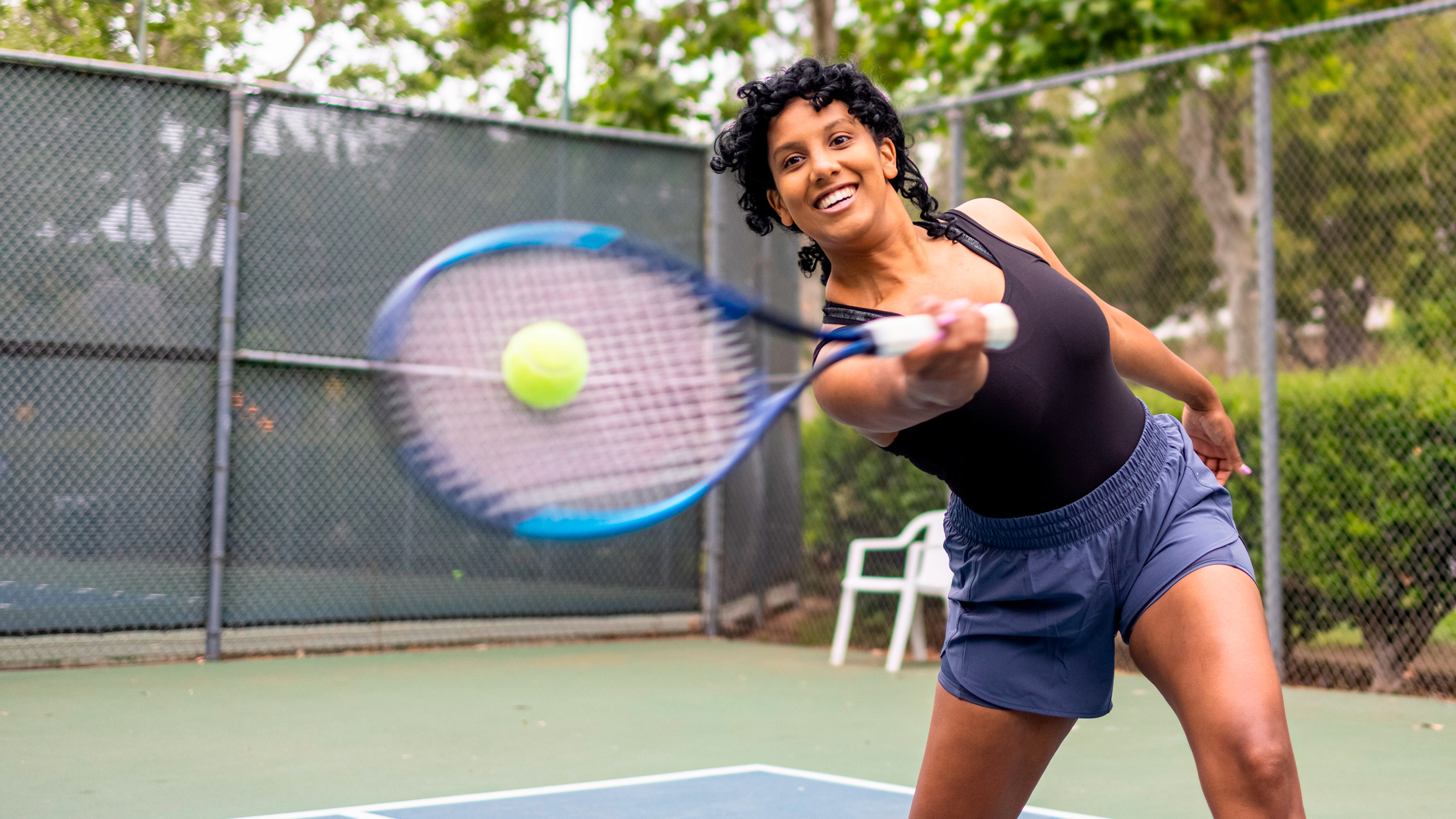Treadmills vs rowing machines: which machine is best for you?
From fat burn to joint issues, we weigh up the pros and cons of treadmills vs rowing machines


Making the choice between treadmills vs rowing machines is not an easy decision.
Both require a considerable outlay, and both could begin to quickly gather dust if your enthusiasm trails off if yours isn’t a marriage made in heaven.
If you’ve perused our buying guides to the best treadmills and best rowing machines and are still struggling to make a choice, we’ve asked an expert to help weigh up the pros and cons of each.
Lee Cain, fitness coach and managing director of Health & Fitness Education, provides in-depth analysis and advice to help those of you who are struggling to weigh up which machine is right for you.
Treadmill: Pros
- Musculoskeletal benefits
“Running is a high-impact activity, so there are a number of musculoskeletal benefits, including stronger bones, joints and connective tissues,” says Cain.
“Certainly, for older people, especially women, it offers great benefits in terms of reducing risk around brittle bone conditions such as osteoporosis. Osteoporosis is far more widespread than people think, and it’s presenting much earlier in life as people generally become more sedentary.”
- Variation
The training options on a treadmill are also varied, and can support high-intensity workout sessions or even hill climb repeats by increasing the incline settings.
Get the Fit&Well Newsletter
Start your week with achievable workout ideas, health tips and wellbeing advice in your inbox.
“It’s possible to use programs like interval and random, which simulates fartlek training, on the treadmill to create a more varied workout,” says Cain. “Altering the variables can help to provide a little metabolic and muscular respite mid-workout, allowing you to exercise for longer.”
- Fat burn
Cain says that if you want to compare whether the treadmill or rowing machine is most effective for fat loss, you need to compare which of the two has the greatest metabolic demand, both during the exercise and in the 12-24 hours post-workout.
“On a treadmill, the average person weighing 70kg will burn 10-25 calories per minute [600-1,500 per hour], so it’s clear to see that running, whether on a treadmill or outdoors, is an effective approach to weight loss.”

Treadmill: cons
- Joint wear and tear
Although the high-impact nature of running on a treadmill does have benefits, it can also have negative effects - especially for those who are new to running.
However, studies have shown that running on a treadmill is better for your joints than running outside due to the cushioned design of treadmills and the fact that the belt naturally limits your stride length.
- Rarely options to run downhill
One common downside to treadmill running (aside from boredom which is equally applicable to the rowing machine), is that the machine can simulate running on the flat and uphill, but few treadmills offer downhill running. The only way to build the muscles to help you descend while running is to find some hills outdoors and run down them.
Rowing machines: Pros
- Low impact
Unlike running, rowing is a low impact activity. This makes it a great option for anyone concerned about their joints. Just be sure to practice rowing machine form in order to avoid common rowing machine injuries, such as back pain and wrist tendonitis.
- Fat burn
Whilst rowing doesn't typically burn quite as many calories as running, it's still a great way to torch fat.
“For an average 70kg [154 pounds] individual, rowing can burn anywhere from five to 15 calories per minute depending on the effort and intensity, resulting in 300-900 calories burnt in an hour,” says Cain.
- Range of intensity
In any workout there is always the option to alter the exercise variables in order to alter the intensity demands.
“On the rowing machine, the primary variable is the strokes per minute, or SPM. You can also alter the resistance on the flywheel. By increasing the number of strokes per minute completed, you essentially row at a faster and more intense speed.”

Rowing machines: Cons
- Can feel harder than running
“Rowing can often feel more difficult than running, especially at a higher workload,” says Cain. “There are a number of factors that create this illusion, including the fact that rowing is so metabolically specific, meaning unless you do it regularly, you’re unlikely to get much cross-over benefit from other forms of cardiovascular training.”
The muscles in your arms, legs, shoulders and back work hard. However, because there is little impact, many of the deep stabilising muscles don’t need to work like they do when you’re running. The metabolic demands of running are higher because more muscles are active to fuel the work that is being done.
- Difficult to work consistantly
Rowing will also often result in greater spikes in heart rate than treadmill work because it’s much more difficult to maintain a constant workload.
- Shorter workouts
It’s also important to acknowledge that if you’re not a conditioned rower, it’s unlikely that you’ll be able to row for long periods of time, so your workout might end up being shorter, with fewer calories burned.
“This is a common reason why personal trainers often recommend intervals on the rower, with a period of higher-intensity work supported by a lower-intensity rest period, such as one minute fast, two minutes slow.”
Treadmills vs Rowing Machines: The Final Say
Rowing and running are both skills that need to be mastered if exercising using these approaches is to remain safe. “People often think that just because they can walk, they can also run,” says Cain. “Running is a skill and it pays to learn how to run properly.”
For most, however, rowing will feel more alien than running, and as such it will require more mental effort and patience in order to master it. “Getting the legs, arms, arms, legs sequence in sync can be challenging, and that’s before you start to look at the alignment of the lower limbs, spine and head position.”
Both activities carry a degree of risk, but the risks are likely to be greater in rowing if you do not have a suitably qualified personal trainer to teach you the technique.
In terms of rehab from injury, Cain says that it depends on the nature of the injury as to which machine you should choose. “The treadmill is the most functional because as humans we are born to walk and run. Our upright bi-pedal position is natural to us, and it’s from this position we have the greatest synergy in terms of muscle length and tension. On the rower, we are flexed and taught, whereas when we are running, we are tall, balanced and generally stable.”
Howard is a freelance health and fitness journalist and copywriter. He has written for publications including ShortList, Runner’s World, Trail Running, Women’s Running, Red Bulletin, Wareable and Cycling Weekly. He enjoys nothing more than lacing up his trail shoes and heading out to explore new trails. He’s run ultramarathons everywhere from the French Alps and Canadian mountains to the Welsh coast and Peak District. When not running, he’s usually found hitting his local MTB singletrack trails or on a quest to find the country’s best cinnamon bun.
-
 I do these two things every day to stay fit and healthy, says the newest star trainer on Chris Hemsworth's fitness app
I do these two things every day to stay fit and healthy, says the newest star trainer on Chris Hemsworth's fitness appHere's how Centr's Korey Rowe trains for longevity
By Sam Rider Published
-
 I thought sports weren't for me, until I realised they're a game-changer for ticking off cardio
I thought sports weren't for me, until I realised they're a game-changer for ticking off cardioI swapped HIIT and running for tennis—and I've never felt better
By Alice Porter Published